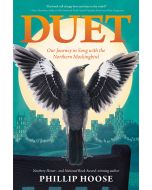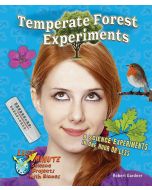
Saving the Night: How Light Pollution Is Harming Life on Earth
By Stephen Aitken
Edition
By Stephen Aitken
Hardcover edition
Publisher Orca Book Publishers Imprint Orca ISBN9781459831070
Saving the Night: How Light Pollution Is Harming Life on Earth
 26.02
26.02
In stock
SKU
9781459831070J
This nonfiction book introduces middle-grade readers to the effects of light pollution. Illustrated with photos throughout, it examines why darkness is important for plants, animals and people, and the practical things we can do to protect the night sky for all ecosystems on the planet.
Light pollution threatens the survival of every living species on our planet, including people.
It started when Thomas Edison invented the first light bulb more than 150 years ago. Then, as electric light became more common, light pollution began to take over cities and towns. Today, in urban centers all over the world, the stars in the sky aren't visible. Millions of people have never seen the Milky Way. In Saving the Night we discover how plants and animals have adapted over millions of years to survive and thrive in the dark, and how artificial light can upset the balance of entire ecosystems. But there are ways we can take back the night for animals, plants and us. It starts with the flick of a switch.
Light pollution threatens the survival of every living species on our planet, including people.
It started when Thomas Edison invented the first light bulb more than 150 years ago. Then, as electric light became more common, light pollution began to take over cities and towns. Today, in urban centers all over the world, the stars in the sky aren't visible. Millions of people have never seen the Milky Way. In Saving the Night we discover how plants and animals have adapted over millions of years to survive and thrive in the dark, and how artificial light can upset the balance of entire ecosystems. But there are ways we can take back the night for animals, plants and us. It starts with the flick of a switch.
|
Standard MARC Records Cover Art |
Instructional Nonfiction Science Grades 6-8
Instructional Nonfiction Science Grades 6-8
Instructional Nonfiction Science Grades 6-8
For Grades 6-8
Curious middle-school readers can explore science topics including technology, environmental science, health and medicine, and more with these 12 standalone and series nonfiction books.
12 books per Year
$312.24 per Year
Interests
Nonfiction, Science/STEAM




